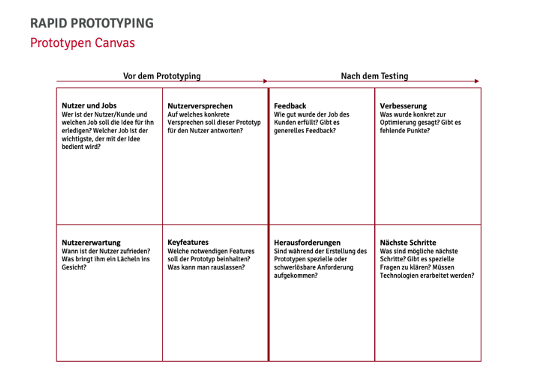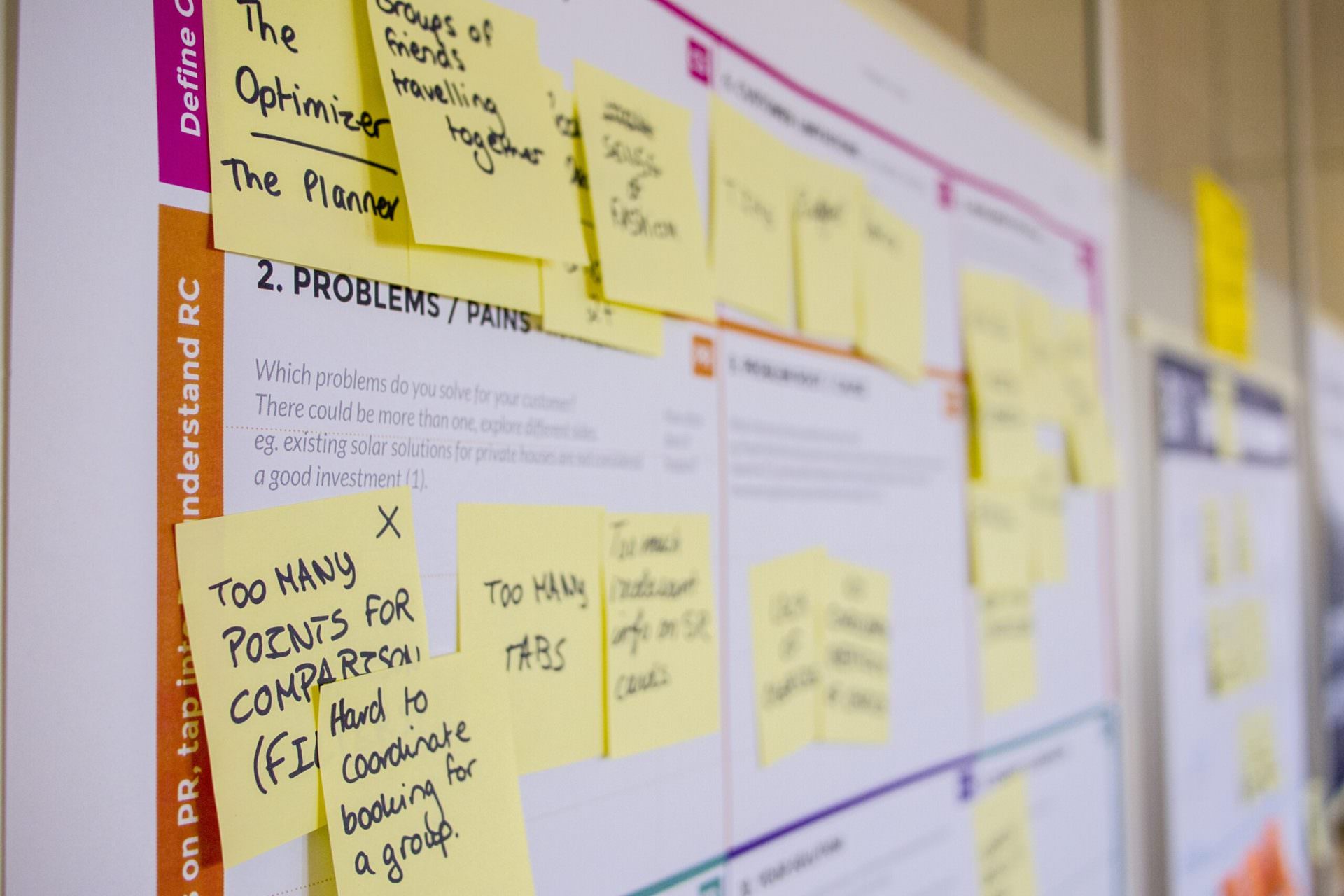Creating value through innovative products
and services
- Creating the basis for sustainable growth
- Conscious competitive differentiation
- Recognising and implementing new customer needs
- Utilise active portfolio development
- Strengthen customer orientation
- Build brand preferences
Product and service design
the basis for economic success




Product and service development are among the fundamental and sustainable tasks of innovative companies. However, before the responsible marketing, innovation or R&D departments work on the development of new products and services, the relevant prerequisites must be checked in the preparation phase.
Preparation
- What unsatisfied current or future customer needs are the development based on?
- What is the focus of the development?
- Are appropriate pre-studies available and have current technologies and trends been reviewed?
- Has the project been agreed with the management and stakeholders?
- Do we have all the necessary competences available within the company or do we need external partners for the development?
- Are the necessary resources available and made available?
- How do we organise the development process and what are our decision-making criteria?
- How do we organise ourselves as a cross-company development team?
Once these and other requirements have been checked and secured, the kick-off of the development project can begin:
Development
The development phase involves a series of tasks that are carried out within the company, often with the support of an external consulting and service company. Here are a few examples:
- Joint definition of the project scope (what is included, what is not?)
- Identification of the most important customer benefits based on empirical studies & analyses (critical-to-customer)
- Ideation & brainstorming via design sprint, hackathon or other formats
- Joint development and evaluation of concepts and, if necessary, prototypes
- Development of business plan incl. opportunity and risk assessment
- Review of internal strategy conformity and external marketability
- Testing with customers and integration of valuable feedback into development
- Checking the feasibility of implementation in production, the sales channel, etc.
Once the management decision in favour of implementation has been made, implementation can begin.
Realisation
- Resource and task allocation for market entry
- Realisation of the final design of the product or services within the CD guidelines
- Conversion of production incl. mould construction, initial quantities, packaging if necessary
- Purchase of required external services and raw material components
- Adoption of the launch plan in the market
- Integration of feedback and initial learnings for continuous improvement

